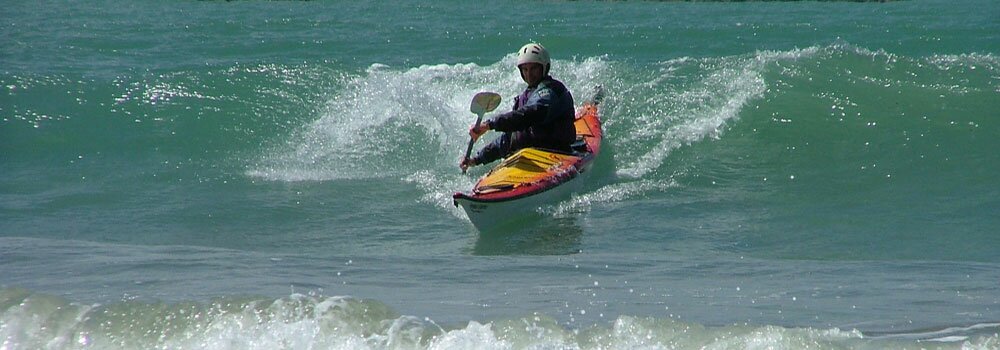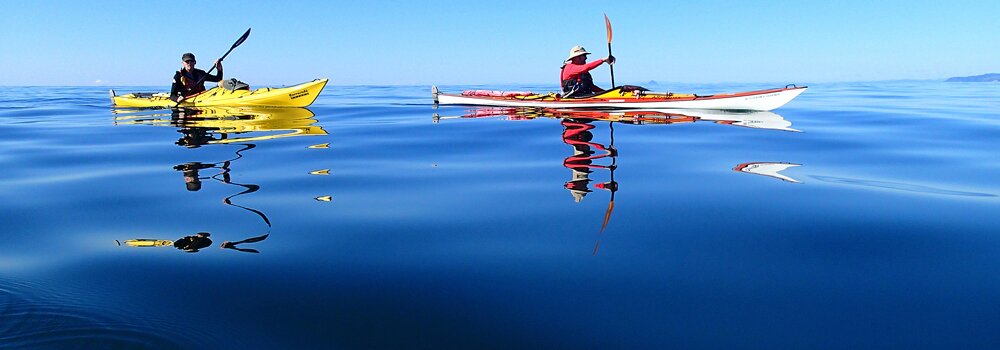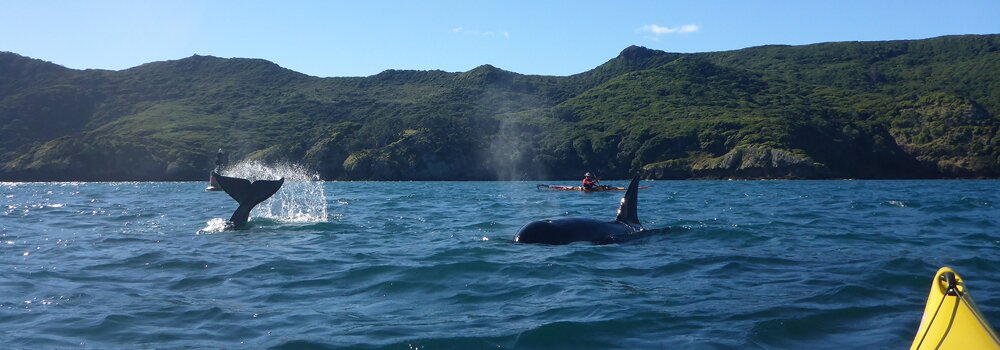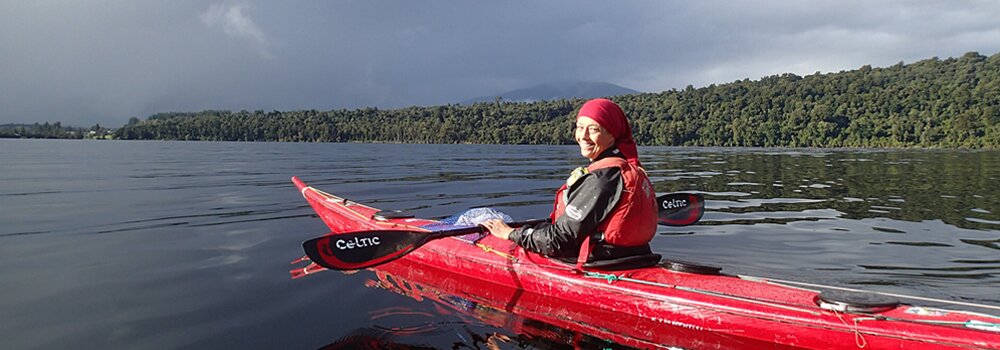Technique - how to
Index
(alphabetical listing)
Paddling Technique - Euro, Greenland, Wing
Rescues – how to
Two kayaks and involving one capsize
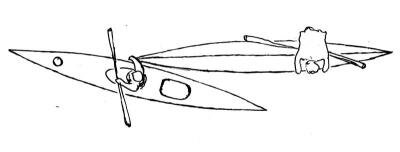
The description below shows how to do the most basic recovery. There are T, X, H rescues, dragging the rescued kayak over your deck, etc. etc.
What is shown here is a BASIC method. Something anyone can do even without practising it though practise is definitely encouraged.
Important – the less time anyone is in the water the better. It is common for those who capsize not to be dressed for immersion.
Important – once the person is back in their kayak you have only done half the job. You now need to get them away from what caused the capsize in the first place. This is in the second section but is just as important.
You are paddling along and your companion capsizes.
Kayak Transport and Loading
Not many kayakers have their kayak stored close to the water and not many are willing to use their bicycle, as an example, living in Christchurch and cycling to paddle out of Havelock. For the rest of us, we use a car or van. Loading the kayak on to the rack single handed can be awkward.
There are two ways, end on and sideways.
End-on loading – usually requires something more complicated though in some cases just a piece of carpet attached over the end of the vehicle is enough and the kayak is slid up and into the rack. The alternatives are a towbar mounted roller or V holder, a rear mounted roller or Hurlley rollers on the rear rack.
Some systems on the market include
The Australian K-Rack.
This Australian Strongarm system needs a towbar for mounting but it is easy.
The Rhino Rack T-Loader looks the same as above.
Yakima have their system.
Sideways loading – can be done by fitting a fold-out bar to the rear rack or a rod inserted into the rack. One end of the kayak is lifted on to the bar, the other end is lifted on to the rack, pulled down and the far end swung on to the rear rack. Simple.
For the frugal, this is basically the webmaster’s system and has been been used for years (cost nil). Note – being an Australia site the extension bar is fitted to the wrong rack bar as it works better for long sea kayaks if fitted to the rear bar.
Fallacies?
In sea kayaking we have a number of “statements”, methods, instructions on how to do things, in supposedly the correct way. But how correct are they? Have you ever thought of questioning them? Are they “Chinese Whispers”, a suggestion by someone, that has been repeated and repeated and repeated….?
A few to be considered are, High & Low angle paddling, Drinking enough water, Rescues, Paddle length, Paddle grip width.
Paddling for the Disabled
It’s possible that disability affects most people in New Zealand, whether it’s you, someone in your family or someone you know. Adaptations which remove the barriers to paddling make it possible to start or continue with sea kayaking. You might have to find a different way to get in the boat or get to the water but once you are get there, you’ll be able to access areas where the wheelchair can’t go.
Kayaking with an impairment
Kayaking is a sport with an easy entry level for people with disabilities. Kayaking is mostly about technique rather than strength. For people with leg impairments, on the water your legs are as good as anyone else’s. For people with other impairments, sit-on and sit-in kayaks can easily be adapted to provide the necessary support.
“People looking at us just see two people paddling. They’re not thinking ‘There’s a paraplegic having a go.’ “(First-time paddler.)
Disabled paddlers have the same issues as anyone else:
- Finding the right boat and fitting it out
- Getting the boat to the water
- Getting into the boat without falling over
- Having the right safety equipment
- Having the necessary skills for paddling
- Having the skills for rescue
Disabled paddlers have the same goals as any other paddler:
- improving paddling skills
- learning rescue skills
- learning navigation
- trip planning
- risk management
The Most Important Item
No matter what anyone would like, the most important thing before going further is, how does any disabled paddler get back in their kayak after a capsize. If they can’t and if those paddling with them haven’t the skills or strength, then kayaking should not be considered.
Trip Planning
Float Plan
When filled out, this form will give anyone looking for your paddling group, some idea of the area you may be in, expected time away and number in the group. To be left with a contact or on one of the cars in a plastic bag, accessible if needed.
Click here to download a Float Plan PDF (51KB).
Paddling Technique
Efficient paddling is discussed by Sandy Winterton in the Courting Speed (PDF 100 KB).
Paddle Length – things to consider, a few more myths exposed.
On the Wing (PDF) discusses the Wing paddle, development and how to use it.
Greenland vs Euro Paddles, why you might consider looking at using a Greenland Paddle. The GP is a traditional type of Wing paddle.
A couple of discussions on the use and user trial –
Greenland Paddles – fad or future
The Feathered Paddle – Why?
Feathering’s main reason is always quoted as lower wind resistance. Agreed, edge on to a wind it obviously has less resistance. However how much of your paddling is done directly into the wind? How much paddling with the wind less than about 10 degrees either side of directly ahead?
Towing Equipment & How to
The following links have useful information about towing –
Kayarchy Equipment has a bit on tow ropes and
Kayarchy Towing has the “how to” information about towing.
For further information including making a towline and tow point –
UKSK Towlines
Note that a central tow point is shown. This works well on a kayak without a rudder or a sticking up stern but if the tow point is to one side it is much easier to release and to keep the towline clear of the rudder. You could put an attachment point on both sides making it easier when a dual tow is used and it would not matter which side the towed kayak was on.
Making a light weight towline (PDF 630 KB) by Sandy Winterton.
Tying Knots
Everyone needs to be able to tie a knot at some time. Velcro might have replaced shoe laces for some but securing a kayak or attaching a tow, knots are part of our life.
